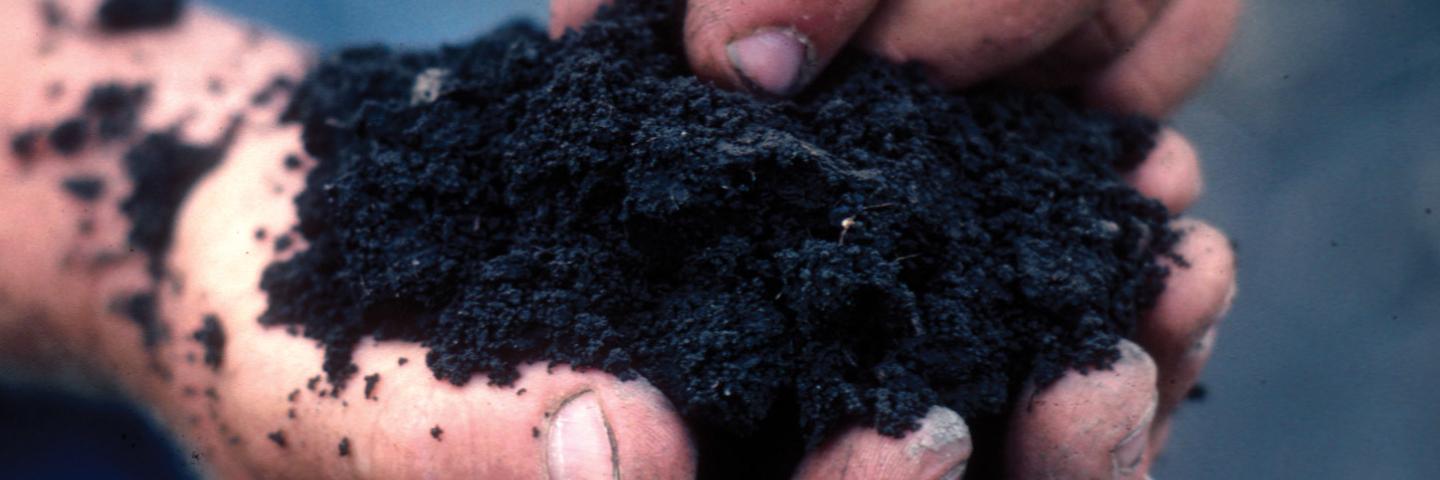
Soil health is an assessment of how well soil performs all of its functions now and how those functions are being preserved for future use.
Soil health cannot be determined by measuring only crop yield, water quality, or any other single outcome. Soil health cannot be measured directly, so we evaluate indicators. Indicators are measurable properties of soil or plants that provide clues about how well the soil can function. Indicators can be physical, chemical, and biological properties, processes, or characteristics of soils. They can also be morphological or visual features of plants.
Useful indicators:
- are easy to measure,
- measure changes in soil functions,
- encompass chemical, biological, and physical properties,
- are accessible to many users and applicable to field conditions, and
- are sensitive to variations in climate and management.
Indicators can be assessed by qualitative or quantitative techniques. After measurements are collected, they can be evaluated by looking for patterns and comparing results to measurements taken at a different time or field.
Indicator Examples and Relationship to Soil Health
- Soil organic matter => nutrient retention; soil fertility; soil structure; soil stability; and soil erosion
- Physical: bulk density, infiltration, soil structure and macropores, soil depth, and water holding capacity => retention and transport of water and nutrients; habitat for soil microbes; estimate of crop productivity potential; compaction, plow pan, water movement; porosity; and tilth
- Chemical: electrical conductivity, reactive carbon, soil nitrate, soil pH, and extractable phosphorus and potassium => biological and chemical activity thresholds; plant and microbial activity thresholds; and plant available nutrients and potential for N and P loss
- Biological: earthworms, microbial biomass C and N, particulate organic matter, potentially mineralizable N, soil enzymes, soil respiration, and total organic carbon => microbial catalytic potential and repository for C and N; soil productivity and N supplying potential; and microbial activity measure

